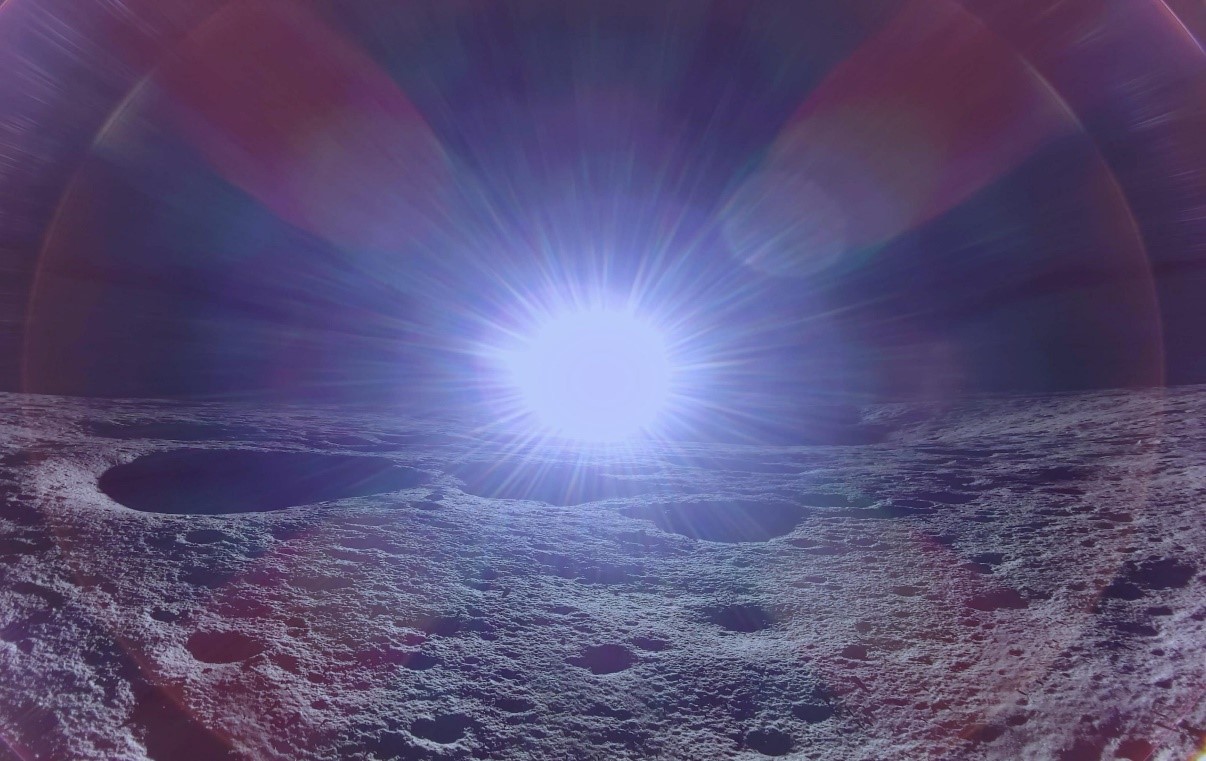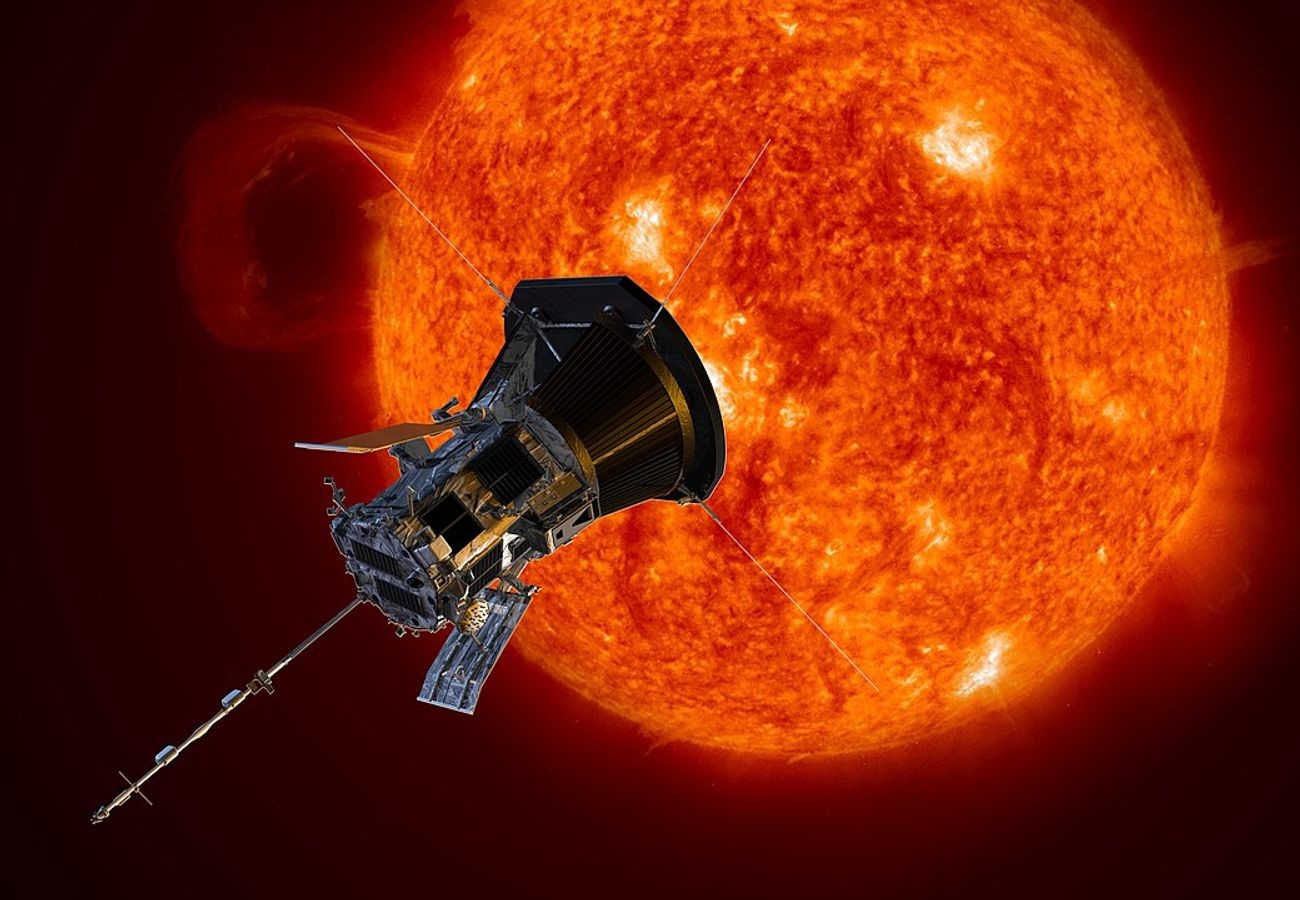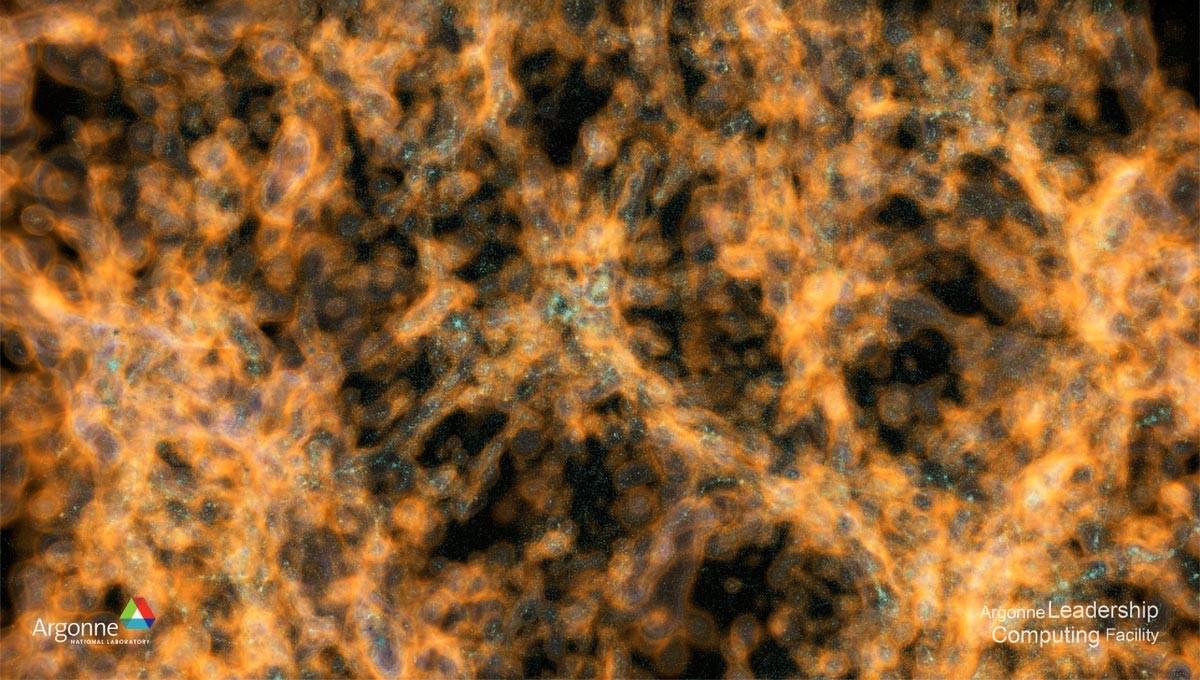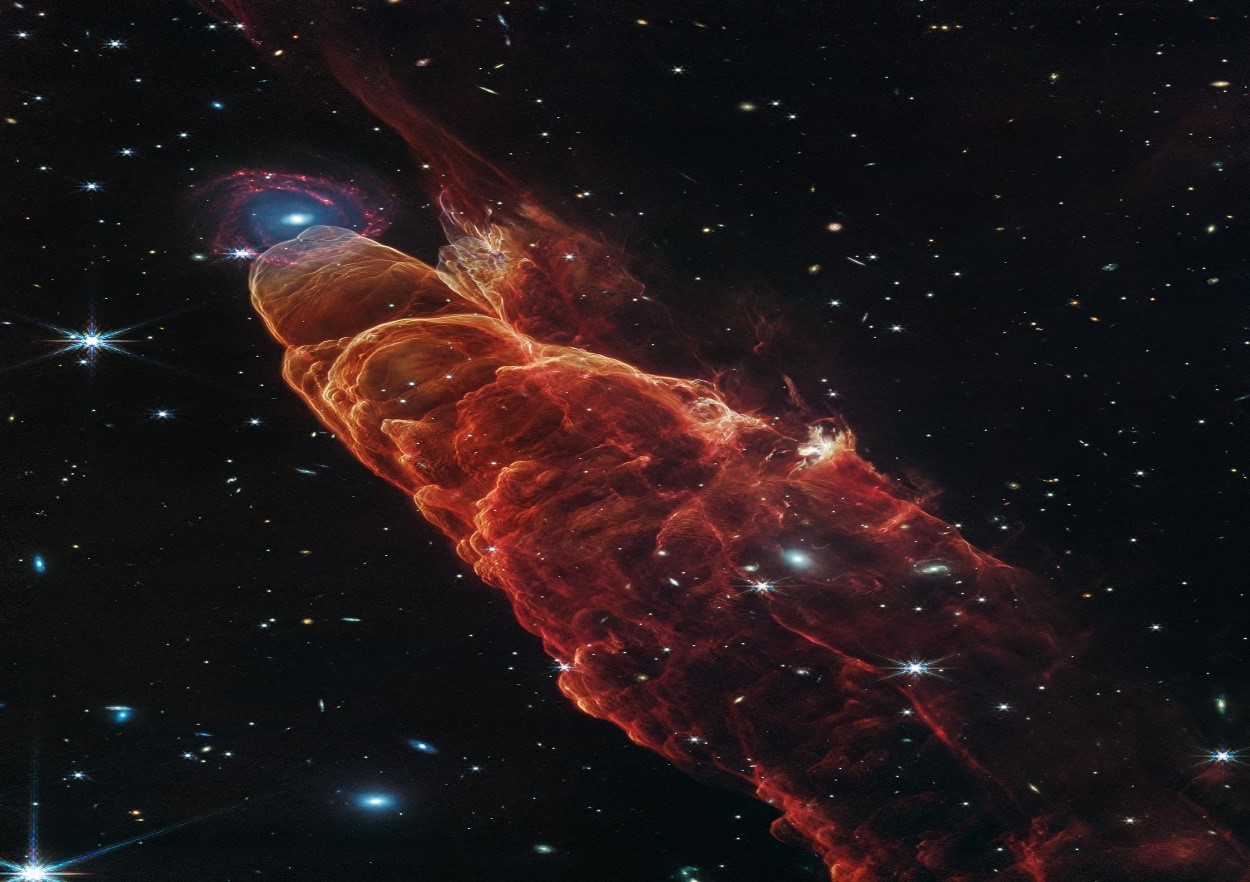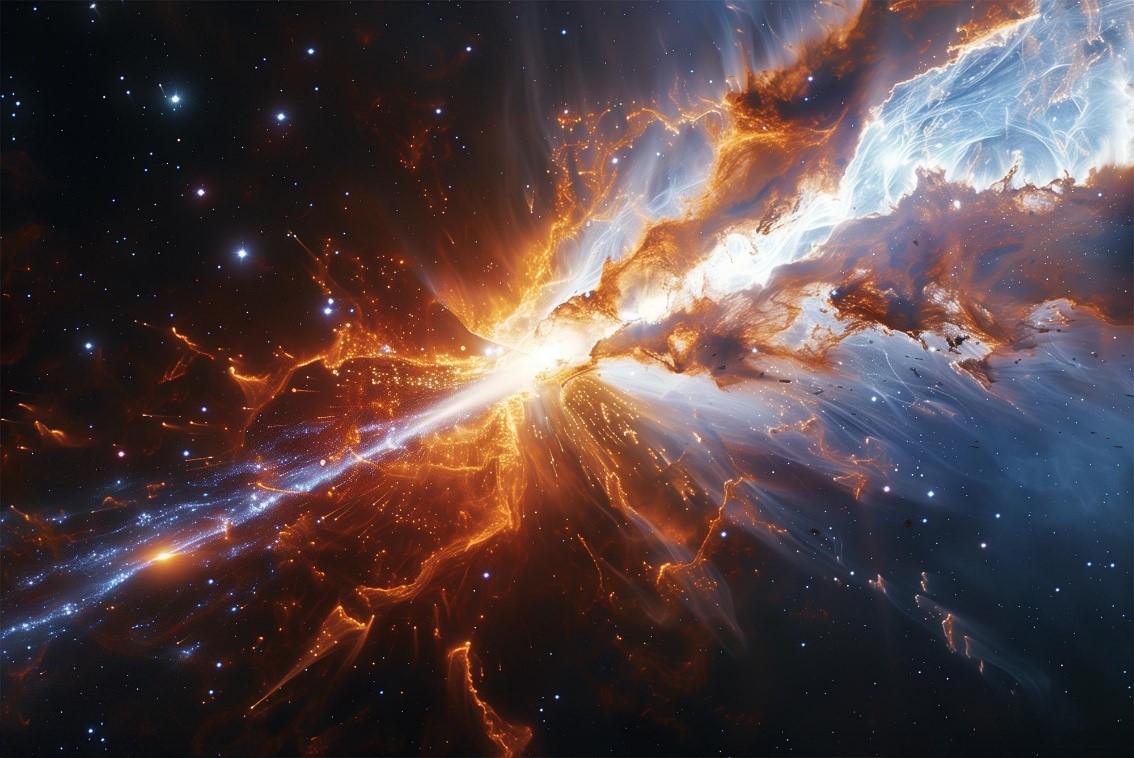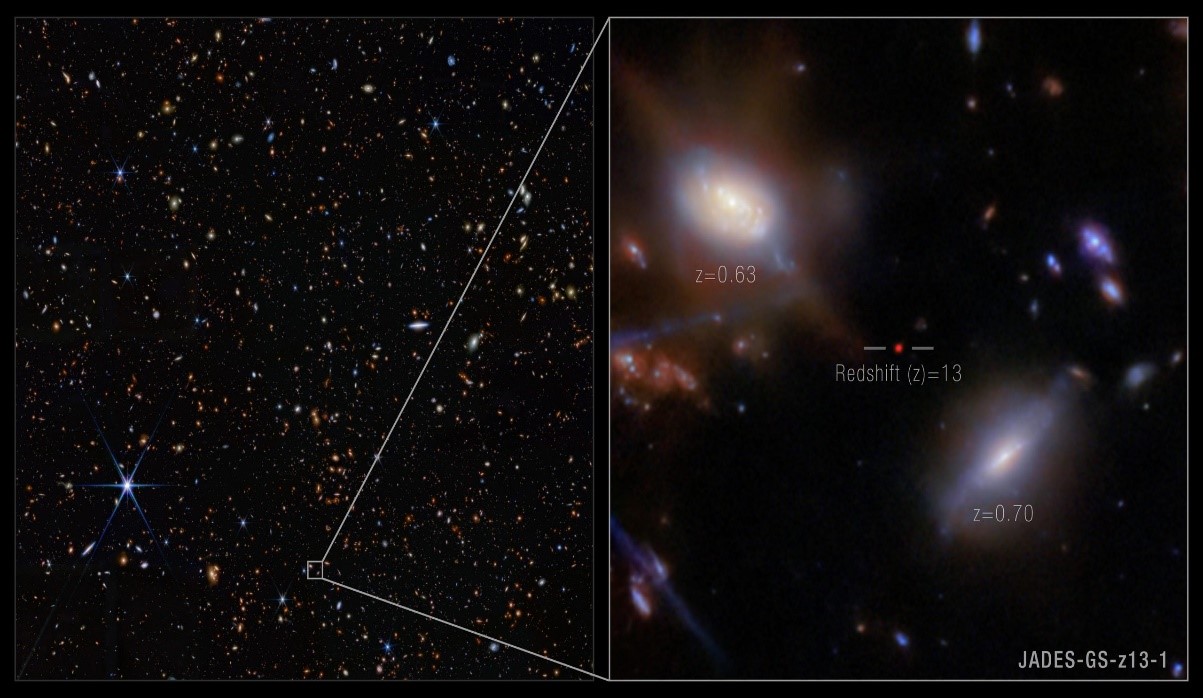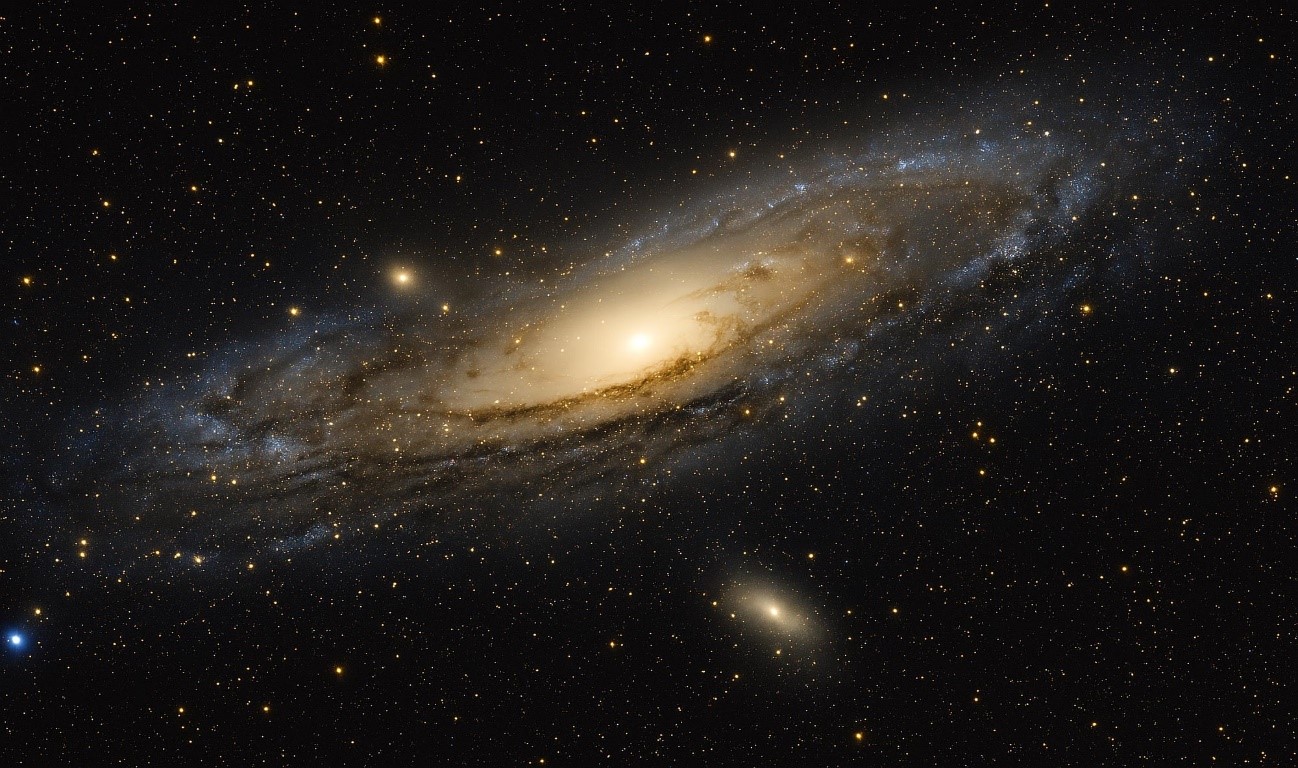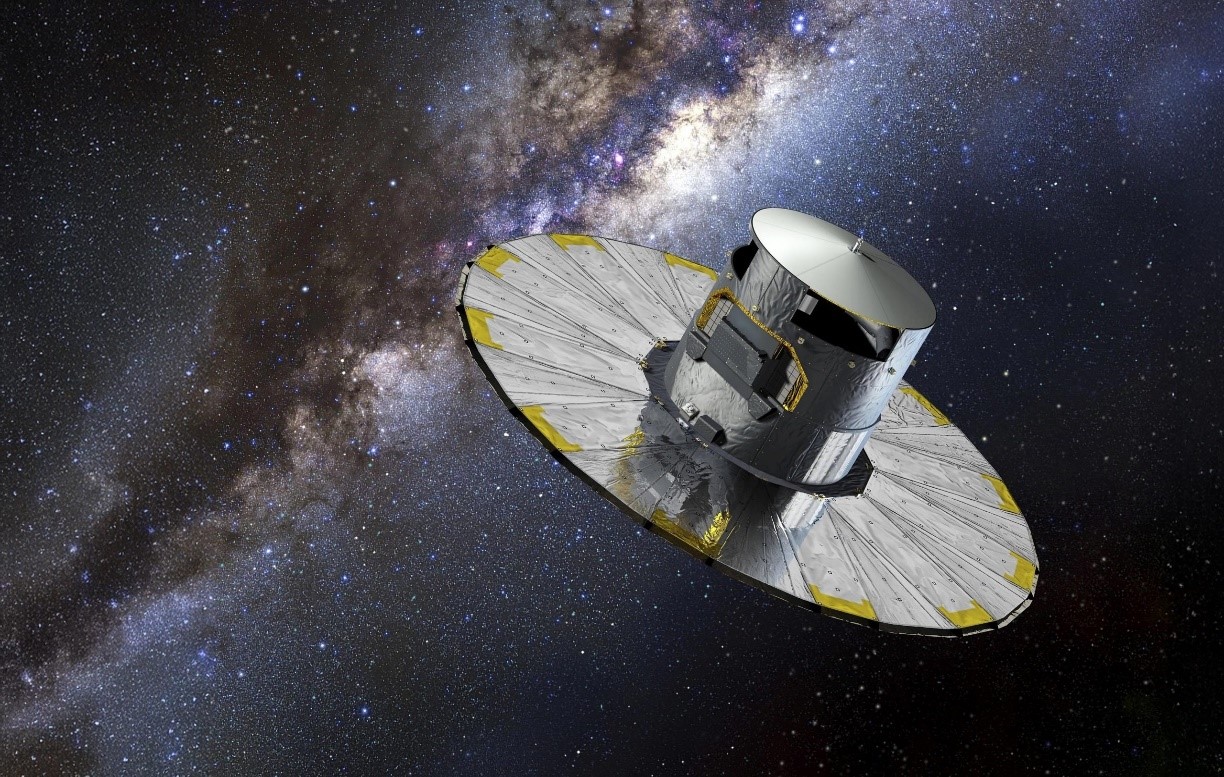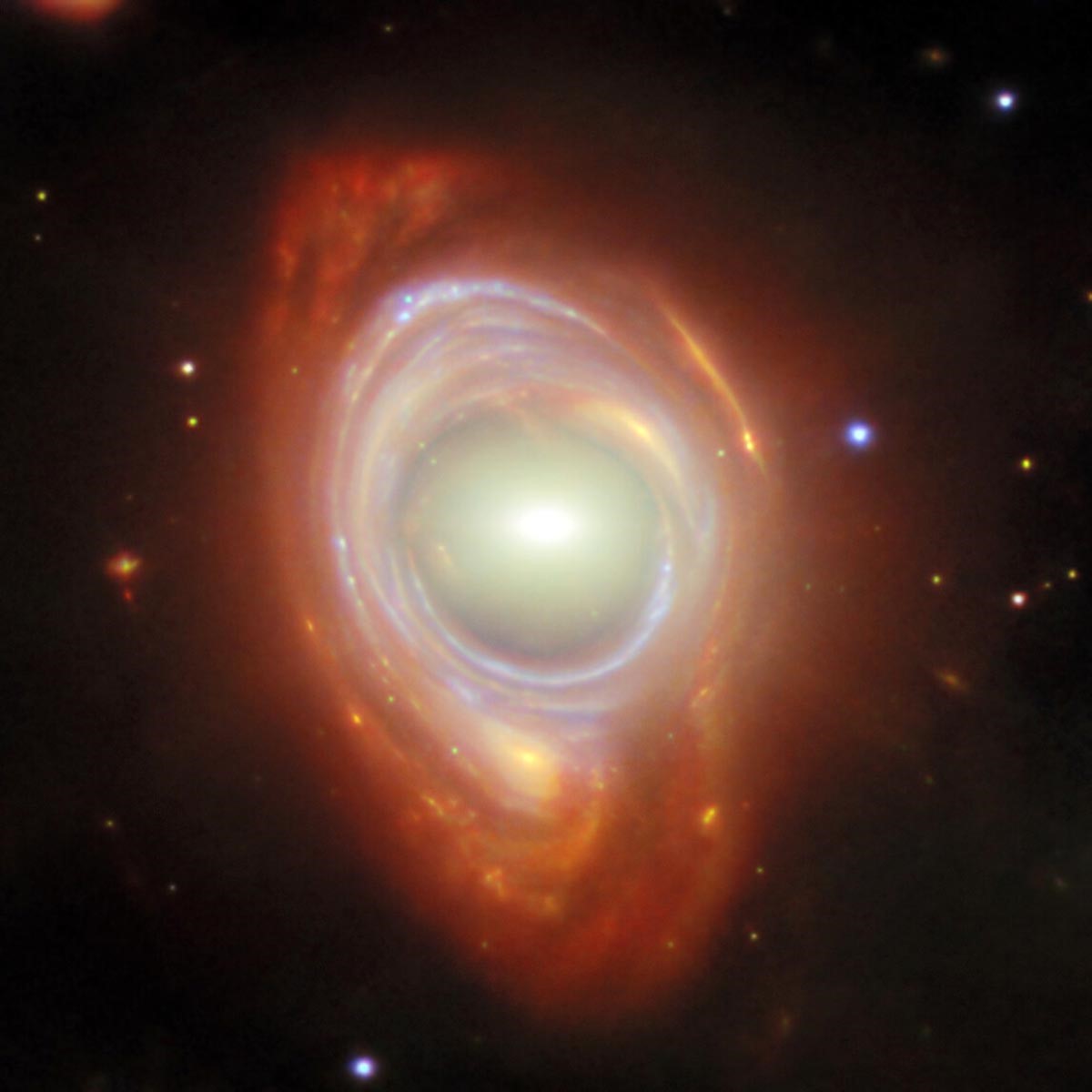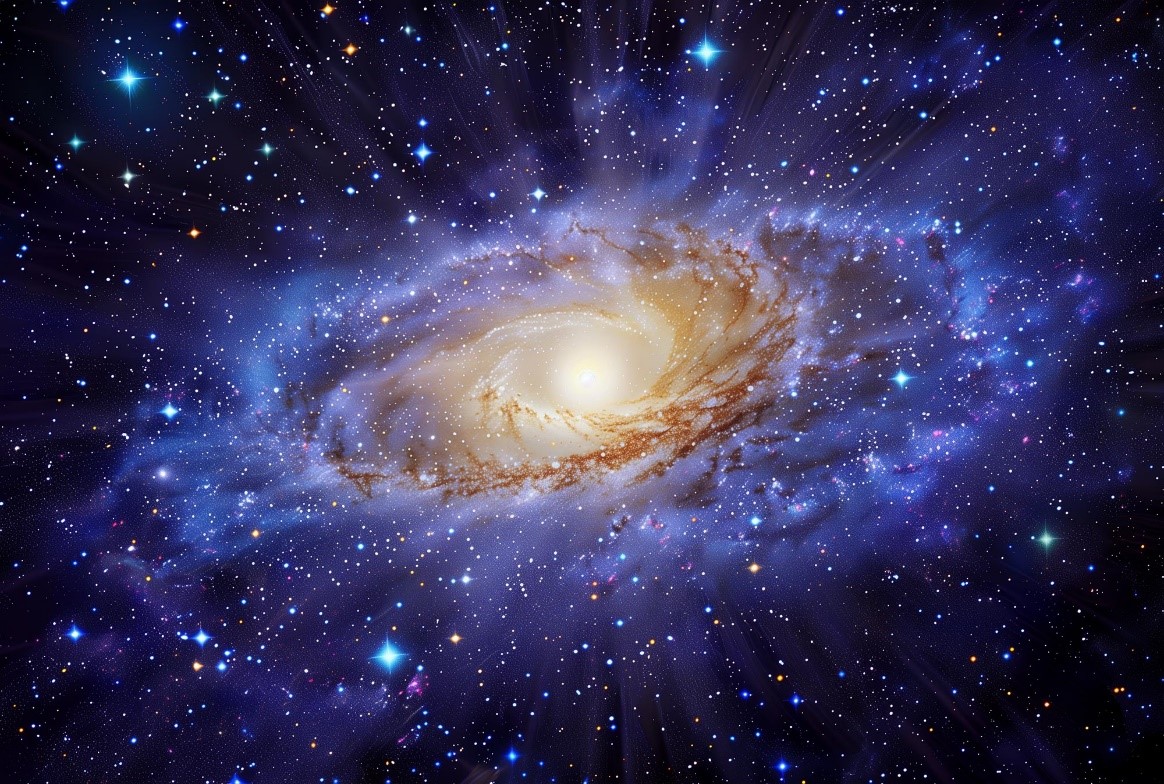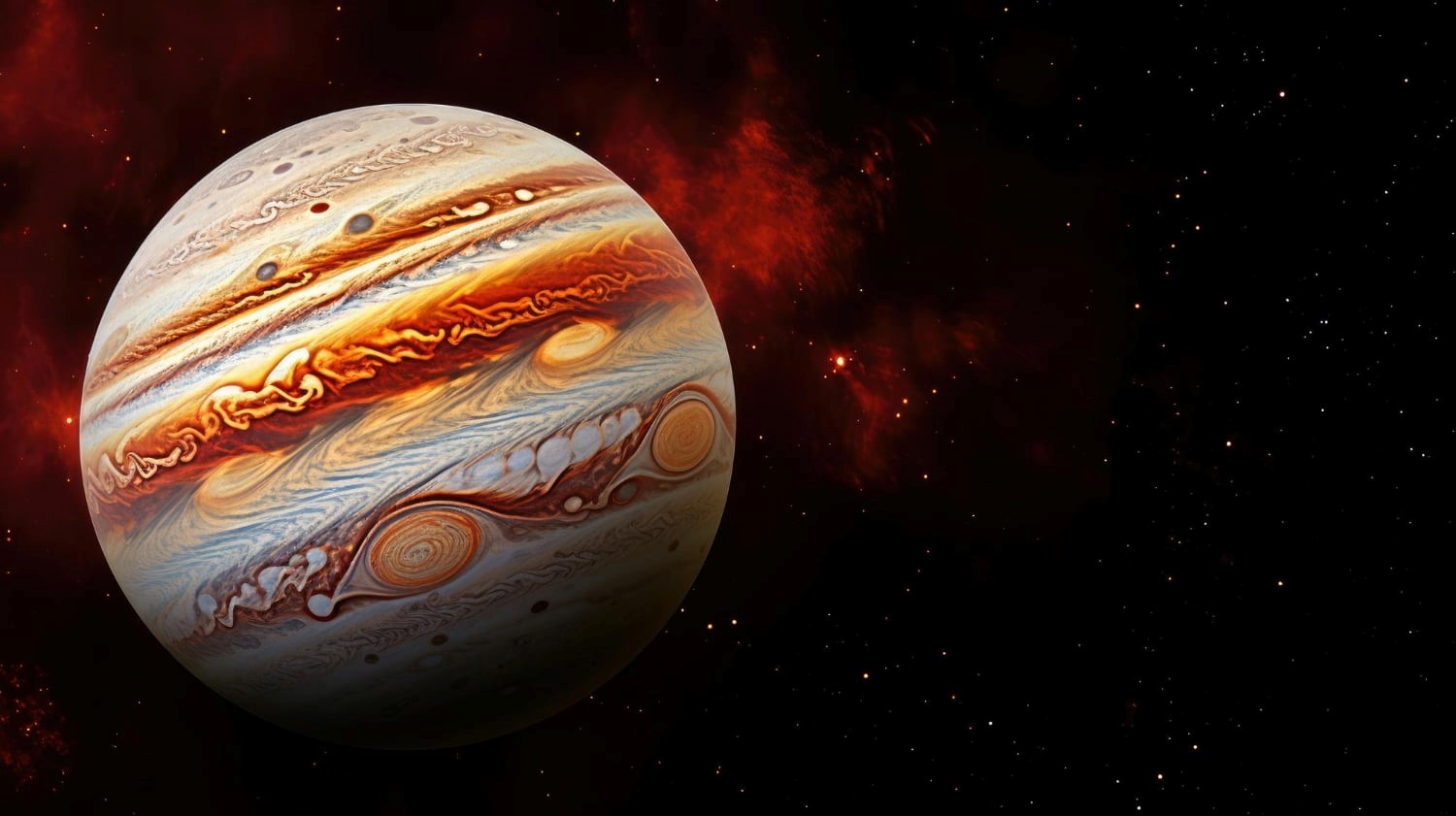Oxygen Detected in a Galaxy 300 Million Years Post-Big Bang
Astronomers have detected oxygen in JADES-GS-z14-0, the most distant galaxy ever observed, challenging assumptions about early galaxy formation. This finding suggests rapid chemical enrichment just 300 million years after the Big Bang. Using the ALMA telescope, researchers achieved precise distance measurements, showcasing how ALMA and JWST are transforming our understanding of the early universe.
Unprecedented Oxygen Detection in the Early Universe
Two independent teams of astronomers have detected oxygen in JADES-GS-z14-0, the most distant known galaxy. Using the Atacama Large Millimeter/submillimeter Array (ALMA) in Chile, this groundbreaking discovery is reshaping our understanding of how rapidly galaxies evolved in the early Universe.
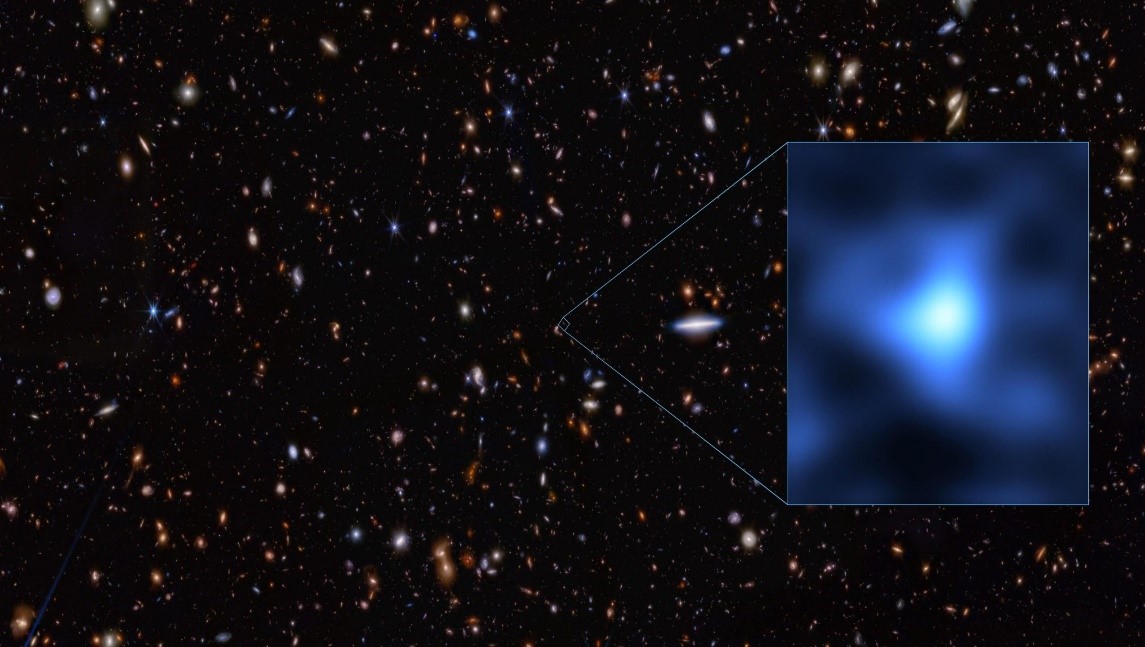
Figure 1. JADES-GS-z14-0: The Most Distant Galaxy in Fornax Revealed by ALMA & JWST
Discovered in 2024, JADES-GS-z14-0 is the most distant confirmed galaxy ever observed, with its light traveling 13.4 billion years to reach us [1]. This means we see it as it was when the Universe was less than 300 million years old—just 2% of its current age. New ALMA observations reveal the presence of oxygen, indicating that the galaxy was more chemically evolved than previously expected at such an early stage in cosmic history. Figure 1 shows JADES-GS-z14-0: The Most Distant Galaxy in Fornax Revealed by ALMA & JWST.
Glimpsing the Universe’s First Galaxies
"It's like discovering a teenager where only infants were expected," says Sander Schouws, a PhD candidate at Leiden Observatory in the Netherlands and lead author of the Dutch-led study, which has been accepted for publication in The Astrophysical Journal. "Our findings indicate that this galaxy has both formed and matured at an unexpectedly rapid pace, contributing to the growing evidence that galaxy formation occurs much faster than previously thought."
Galaxies typically begin with young stars composed primarily of light elements such as hydrogen and helium. As these stars evolve, they produce heavier elements like oxygen, which spread throughout the galaxy upon their death. Scientists previously believed that, at just 300 million years old, the Universe was too young for galaxies to contain significant amounts of heavy elements. However, findings from two ALMA studies reveal that JADES-GS-z14-0 has nearly ten times more heavy elements than expected.
Reevaluating Galaxy Formation Timelines
"I was amazed by the unexpected findings, as they provide a fresh perspective on the early stages of galaxy evolution," says Stefano Carniani of the Scuola Normale Superiore of Pisa, Italy, and lead author of the study accepted for publication in Astronomy & Astrophysics. "The discovery of a mature galaxy in the infant Universe challenges our understanding of when and how galaxies form."
The detection of oxygen has enabled astronomers to measure the distance to JADES-GS-z14-0 with remarkable accuracy. “The ALMA detection provides an exceptionally precise distance measurement, with an uncertainty of just 0.005 percent—comparable to being accurate within 5 cm over a 1 km span,” explains Eleonora Parlanti, a PhD student at the Scuola Normale Superiore of Pisa and an author of the Astronomy & Astrophysics study. This level of precision enhances our understanding of distant galaxy properties.
ALMA and JWST: A Formidable Pair
"Although the galaxy was first discovered using the James Webb Space Telescope, it was ALMA that confirmed its existence and accurately measured its vast distance," says Associate Professor Rychard Bouwens, a member of the team at Leiden Observatory. "This highlights the incredible synergy between ALMA and JWST in uncovering the formation and evolution of the earliest galaxies."
Gergö Popping, an ESO astronomer at the European ALMA Regional Centre who was not involved in the studies, says, "I was truly surprised by the clear detection of oxygen in JADES-GS-z14-0. It indicates that galaxies can form much faster after the Big Bang than previously believed. This finding highlights the crucial role ALMA plays in uncovering the conditions under which the first galaxies in our Universe formed."
This video takes a close look at JADES-GS-z14-0, the most distant galaxy confirmed so far. Using the Atacama Large Millimeter/submillimeter Array (ALMA), a telescope operated by ESO and its international partners, astronomers have detected an unexpected element—oxygen—by analyzing the galaxy's light spectrum [2]. The presence of heavy elements like oxygen indicates that the formation of these early galaxies occurred much more quickly than previously thought, likely involving multiple generations of stars being born and dying.
Reference:
- https://scitechdaily.com/oxygen-found-in-a-galaxy-just-300-million-years-after-the-big-bang/
- https://www.smithsonianmag.com/smart-news/scientists-detect-unexpected-oxygen-in-the-most-distant-galaxy-ever-found-defying-ideas-about-the-early-universe-180986299/
Cite this article:
Janani R (2025), Oxygen Detected in a Galaxy 300 Million Years Post-Big Bang, AnaTechMaz, pp.290


